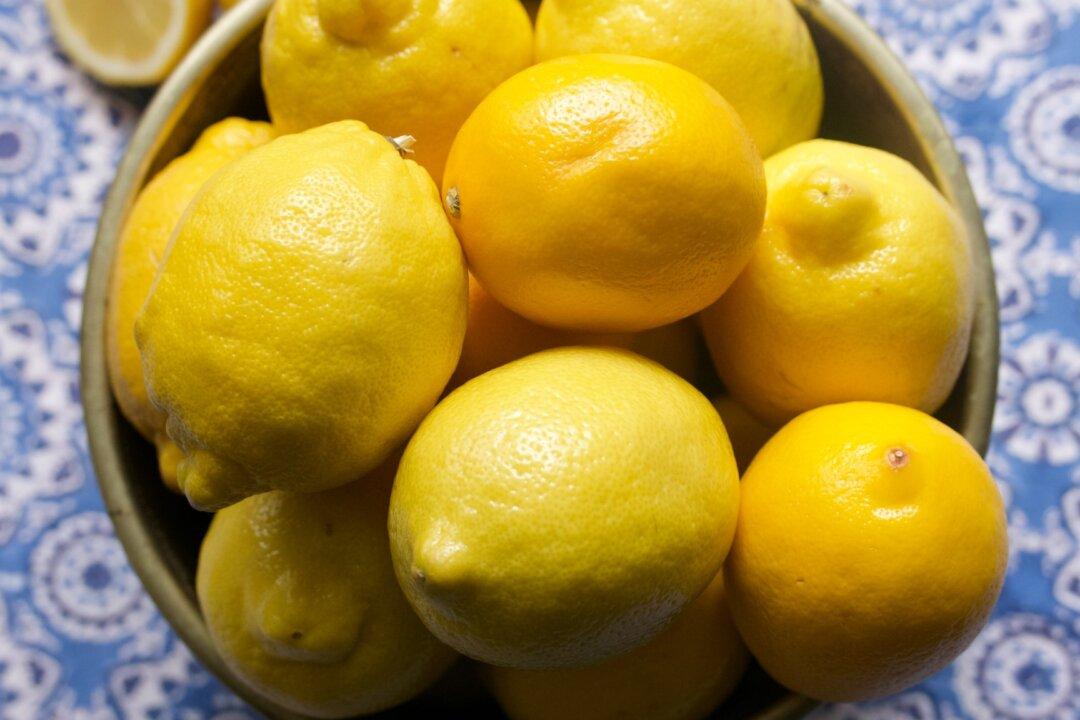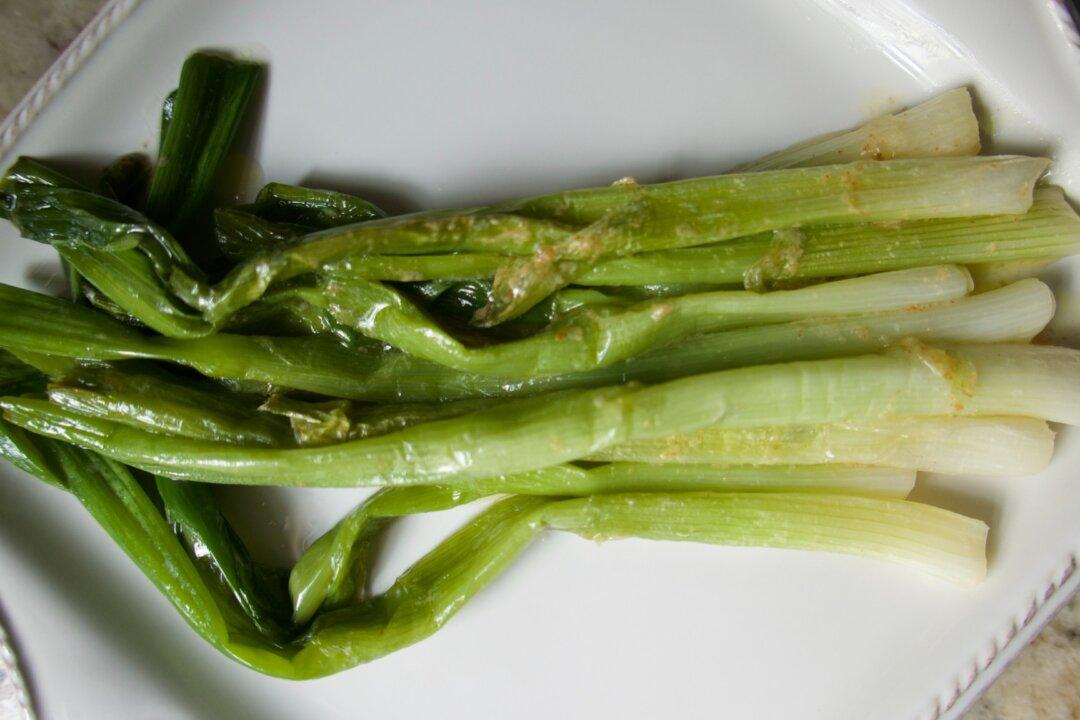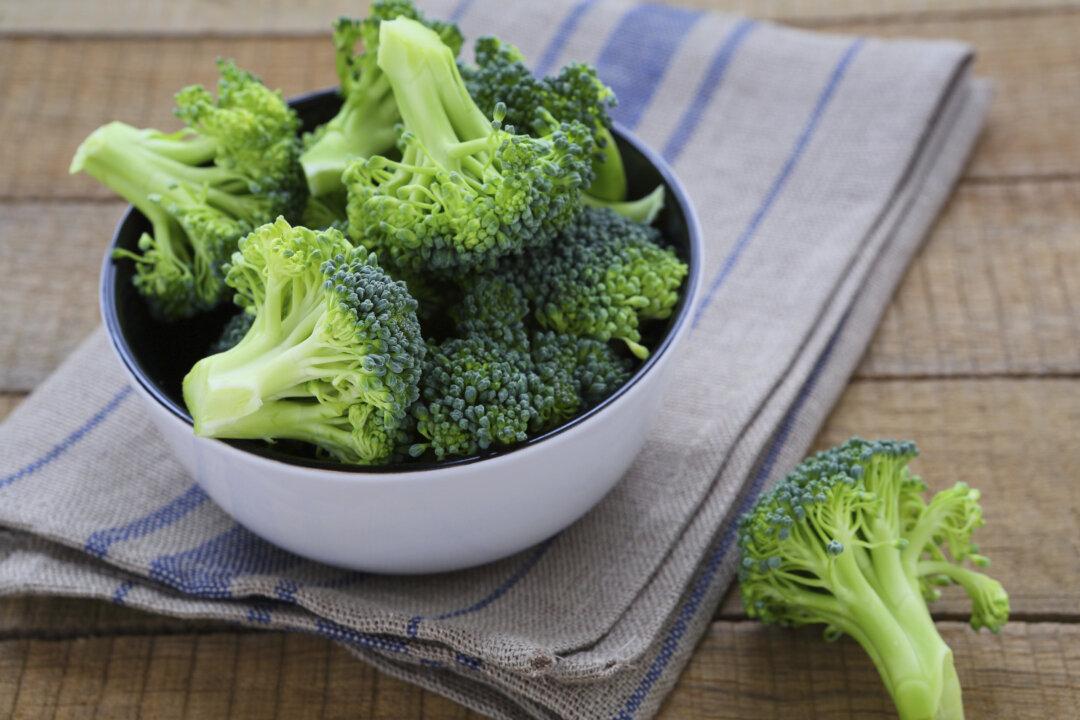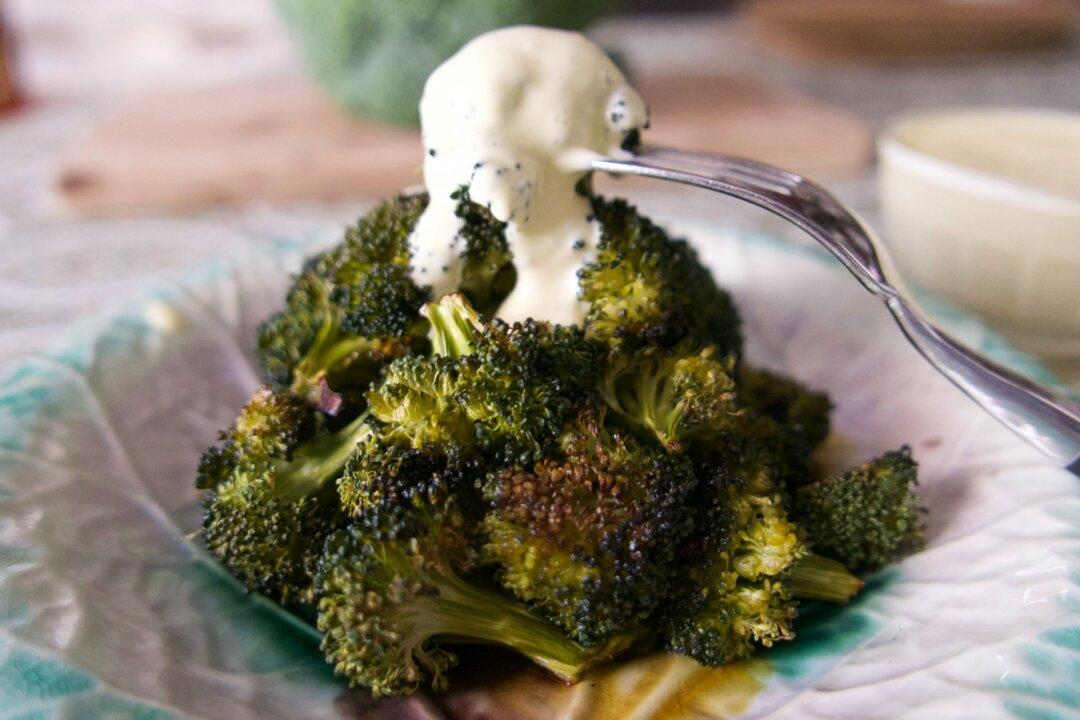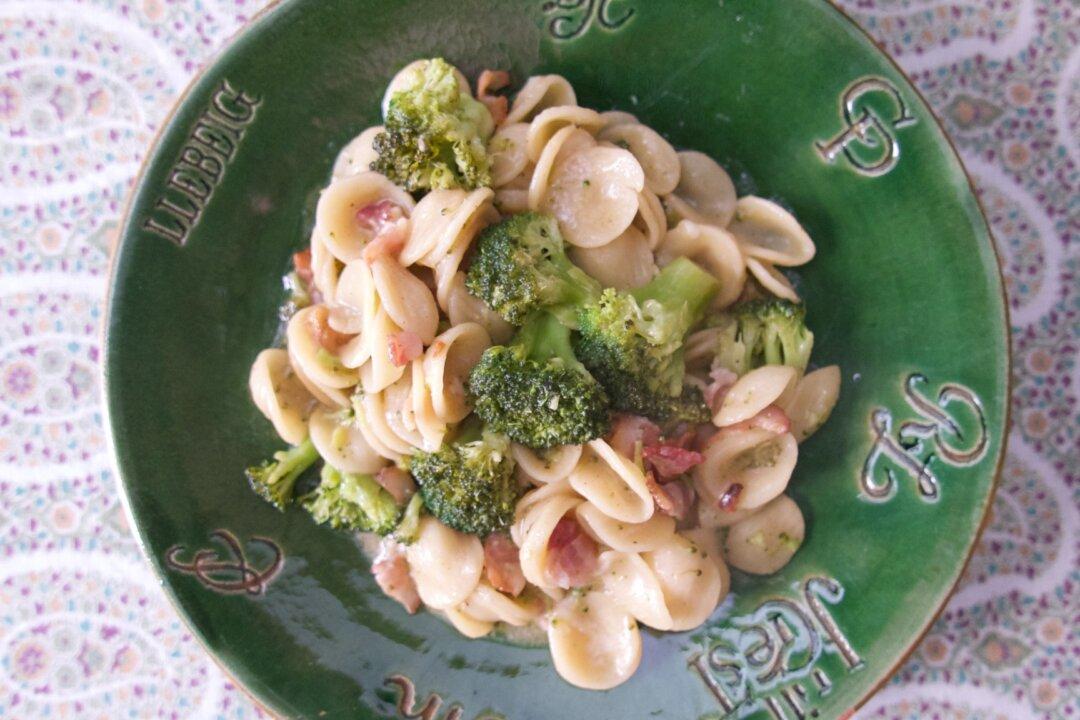Sunny citrus fruits are in season during the winter months—just when we need them to cheer us up—so now is the perfect time to make the most of them.
Consider the lemon. This humble kitchen powerhouse adds acidity and brightness to myriad dishes, from sweet to savory, often helping balance other flavors or providing some needed pizzaz.

